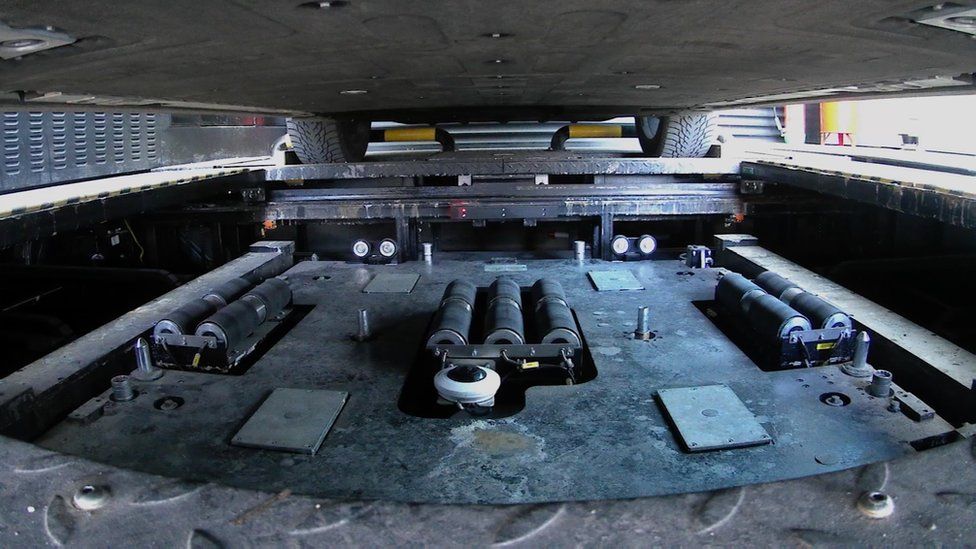I won’t be plugging it in though, instead, the battery will be swapped for a fresh one, at this facility in Norway belonging to Chinese electric carmaker, Nio.
The technology is already widespread in China, but the new Power Swap Station, just south of Oslo, is Europe’s first.
…
This is what I’ve been saying for years would be a better strategy for electric vehicles. Instead of charging them (the time needed to charge is their single biggest weakness compared to fuelled vehicles) we should be doing battery swaps. A decade or two ago I spoke hopefully for some kind of standardised connector and removal interface, probably below the vehicle, through which battery cells could be swapped-out by robots operating in a pit. Recovered batteries could be recharged and reconditioned by the robots at their own pace. People could still charge their cars in a plug-in manner at their homes or elsewhere.
You’d pay for the difference in charge between the old and replacement battery, plus a service charge for being part of the battery-swap network, and you’d be set. Car manufacturers could standardise on battery designs, much like the shipping industry long-ago standardised on container dimensions and whatnot, to take advantage of compatibility with the wider network.
Rather than having different sizes of battery, vehicles could be differentiated by the number of serial battery units installed. A lorry might need four or five units; a large car two; a small car one, etc. If the interface is standardised then all the robots need to be able to do is install and remove them, however many there are.
This is far from an unprecedented concept: the centuries-old idea of stagecoaches (and, later, mail coaches) used the same idea, but with the horses being changed at coaching inns rather. Did you know that the “stage” in stagecoach refers to the fact that their journey would be broken into stages by these quick stops?
Anyway: I dismayed a little when I saw every EV manufacturer come up with their own battery standards, co=operating only as far as the plug-in charging interfaces (and then, only gradually and not completely!). But I’m given fresh hope by this discovery that China’s trying to make it work, and Nio‘s movement in Norway is exciting too. Maybe we’ll get there someday.
Incidentally: here’s a great video about how AC charging works (with a US/type-1 centric focus), which briefly touches upon why battery swaps aren’t necessarily an easy problem to solve.
